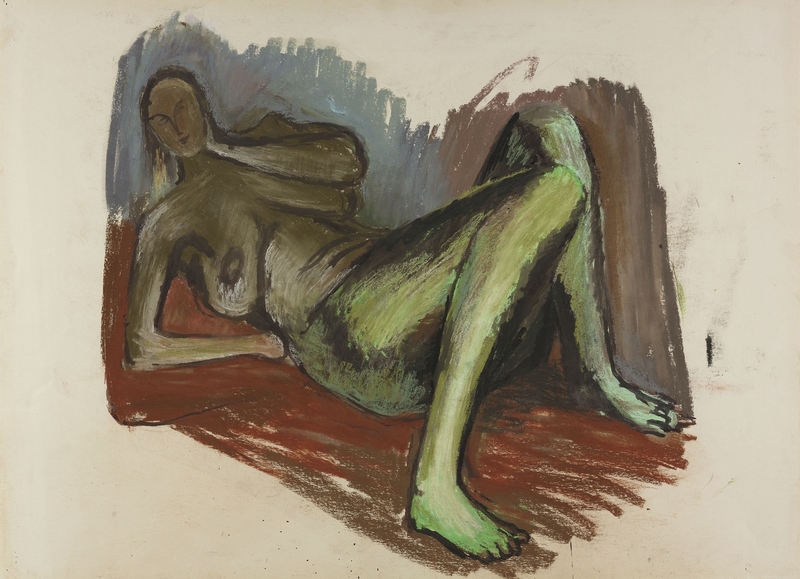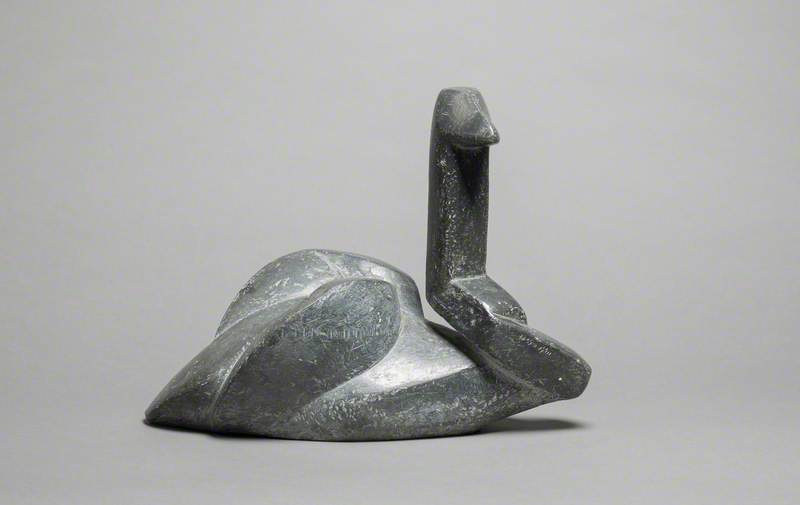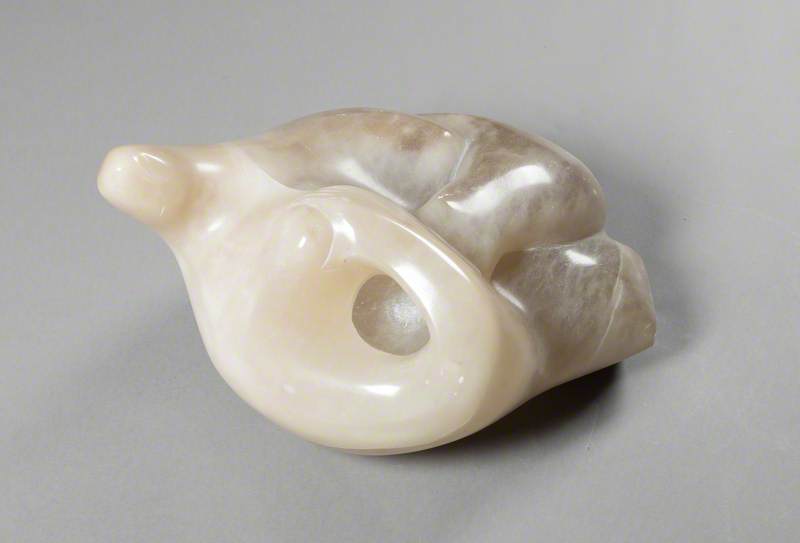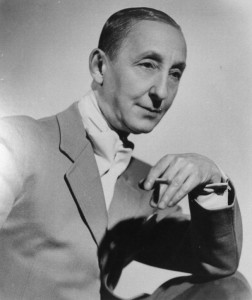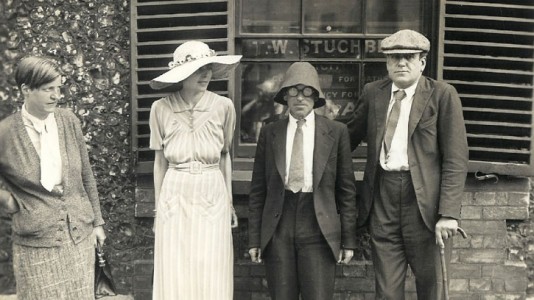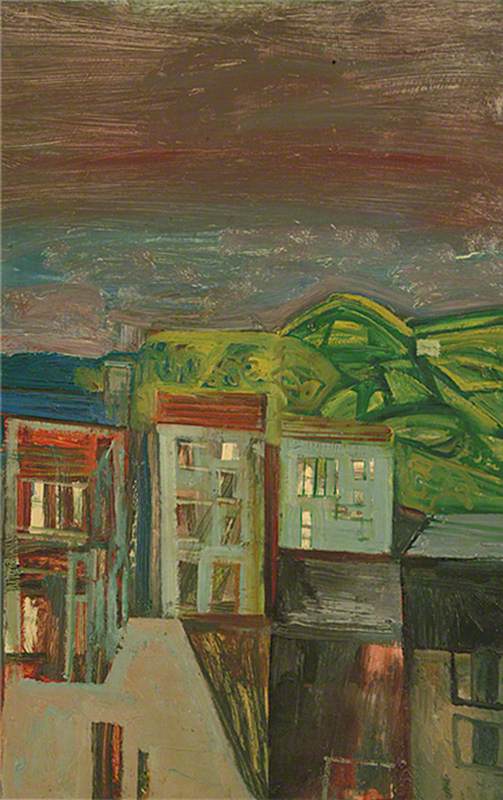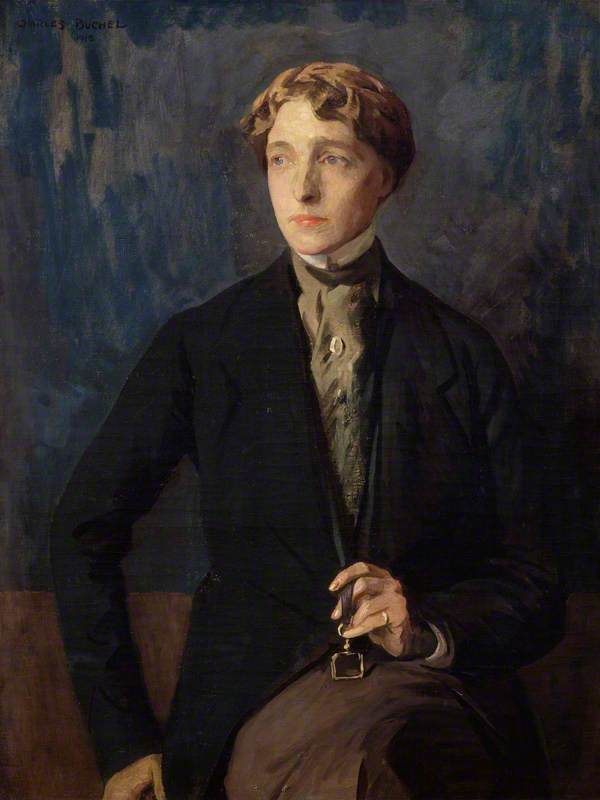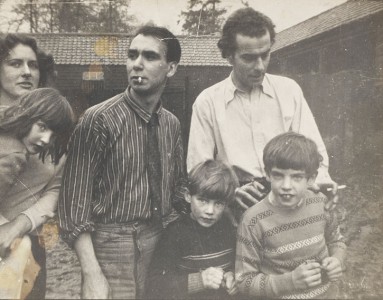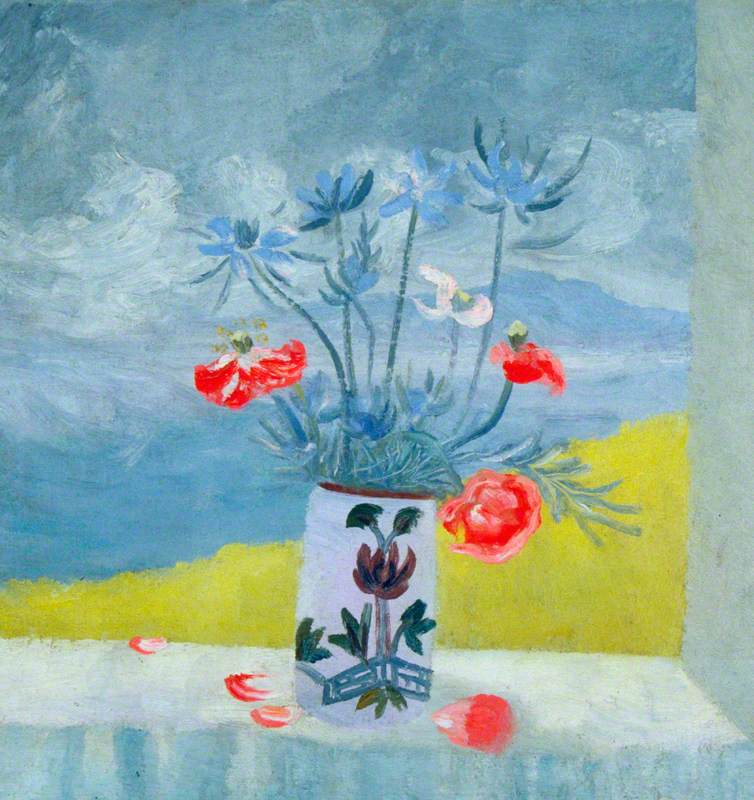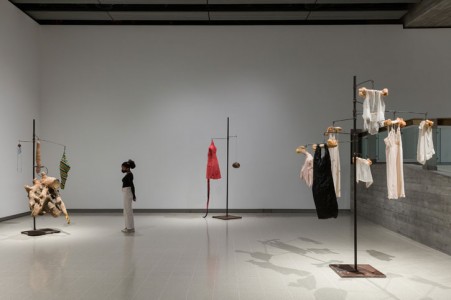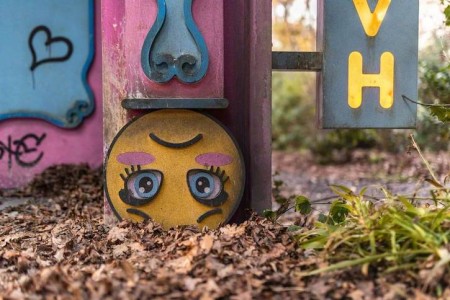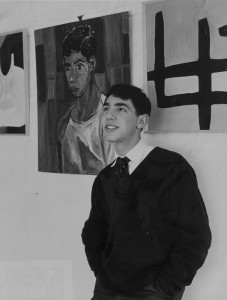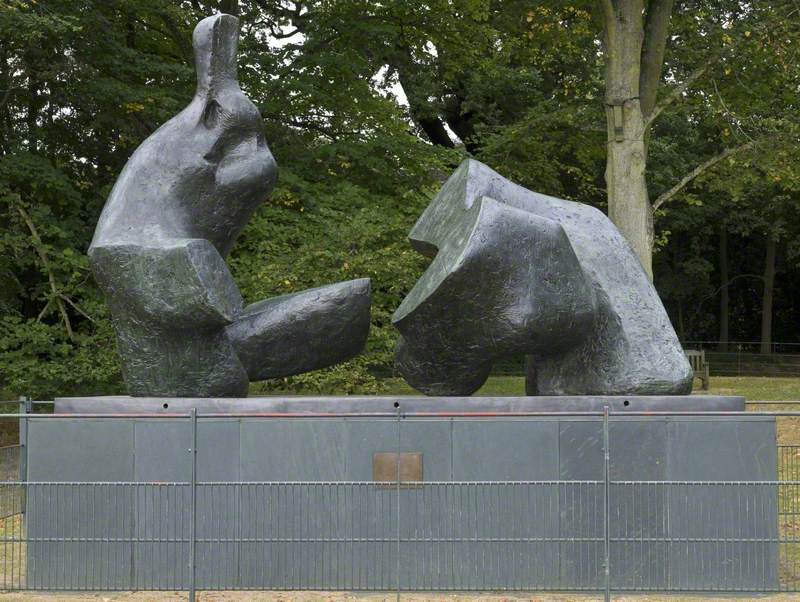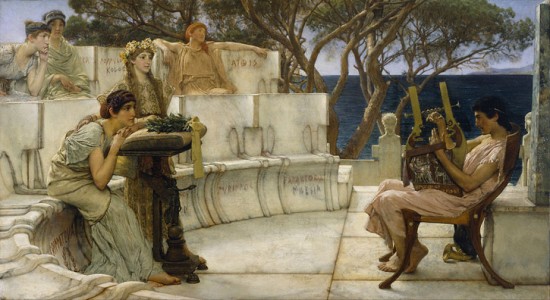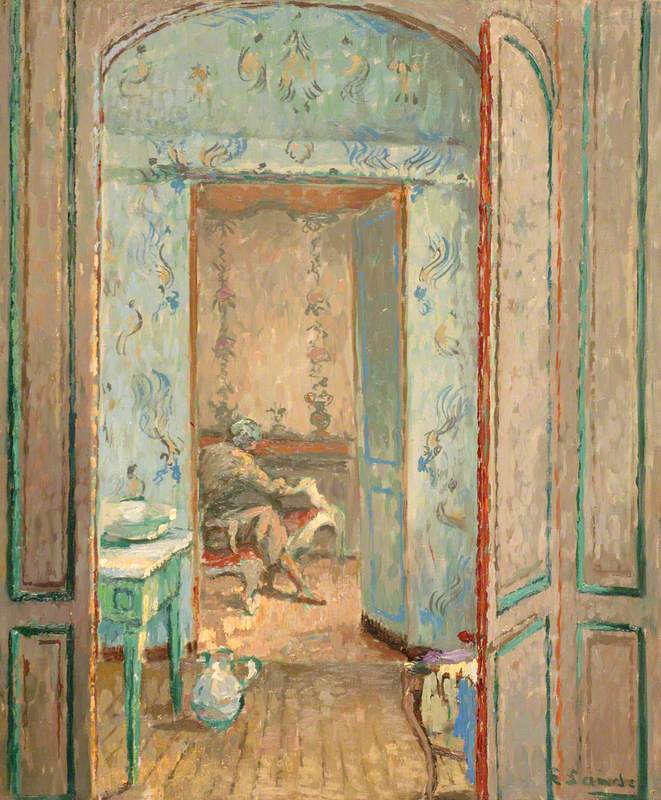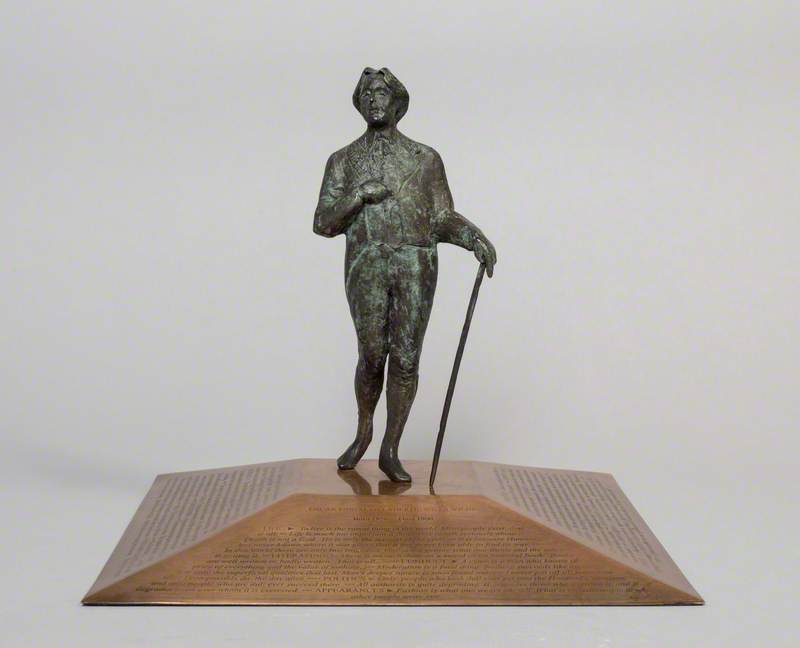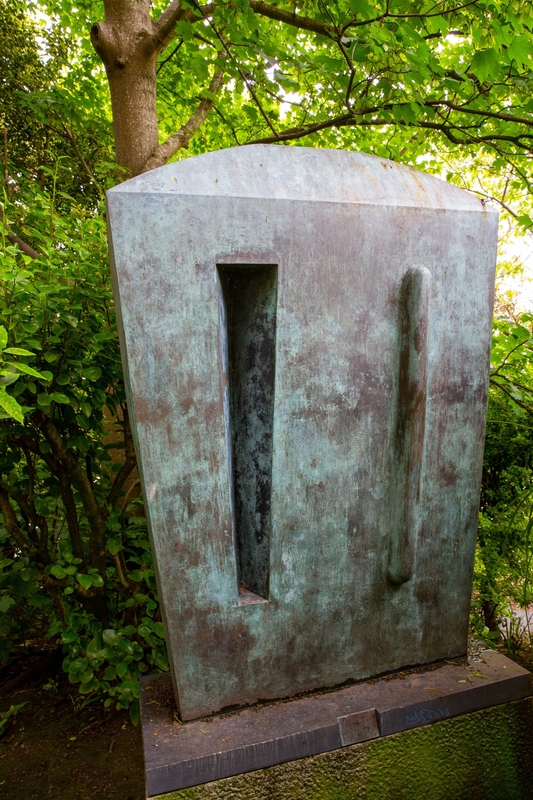In collaboration with Towner Eastbourne, 'Queering the collection' highlights works by LGBTQIA+ artists in the collection, written by Collectively podcast host and artist Renee Vaughan Sutherland.
There is a carefree air to Elizabeth Raikes' Nude Study (1938), that makes me smile. A sense of ease envelops the picture. It is as though I can hear the casual conversation – the banter between the artist and sitter literally propagating from the pastel marks that form and shape the image of the body. That feeling is familiar as I have used countless numbers of friends in my work: there is a comfort and joy to creating art with those you know (plus they often go the extra mile to help you realise your ambitions).
Talking to the Towner collection team and undertaking some research myself, it quickly became evident there was little information on Raikes and her work. She had studied at the Royal College of Art under Henry Moore in the late 1920s and continued a friendship with him on graduating as she began establishing herself as a sculptor. Raikes was included in the Whitechapel Gallery's 1939 'Artists International Association' exhibition with a small alabaster sculpture titled Woman. But little more information was readily available on her work. Her life was tragically cut short at the age of 35 having been injured and subsequently dying during the Second World War in 1942.
Another artist who was included in the 1939 Whitechapel exhibition was Elizabeth Andrews, who exhibited her sculptural piece Swan (1930). Andrews lived and shared studio space with fellow artists Margaret Benecke, Innes Hart and Innes' sister Wilby in Eastbourne. It was Innes Hart who purchased both Woman and Nude Study and later donated them to Towner.
It has been long speculated that Andrews and Benecke were partners, largely because the women made work, travelled, and holidayed together along with their female housekeeper. The collaborative mindset of this tight-knit group clearly extended beyond their immediate community to supporting other artists, evidenced in the case of Innes Hart purchasing Raikes' work and donating it to a public collection. The historic value of both these actions cannot be understated. Raikes was still young when she sold Nude Study and Woman – having someone purchase her art would have been a confidence boost and a much-needed source of income. It also ensured that the little work she had the opportunity to make, before sadly dying in her prime, exists and is accessible.
I am so grateful that Raikes' work is available to see and experience. With the exception of Benecke, there is scant information on the lives and work of Raikes and the other women mentioned in this article. The few strands of knowledge that have managed to remain illuminated in connection to Nude Study survive only because of her connection to this group of women.
These traces hint at much deeper and exciting non-normative narratives, ones worthy of exploration, so as to capture the diversity and queer connections to art in public and private collections whose stories lay dormant. As with Raikes' Nude Study, it is through investigations of friendships, collaborations and communities that these histories will reveal themselves.
Renee Vaughan Sutherland, artist and host of Towner Eastbourne's podcast Collectively
